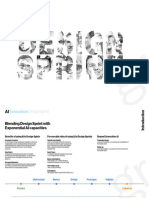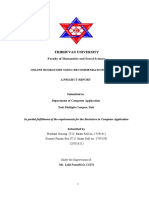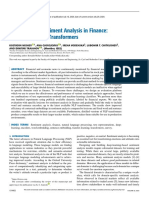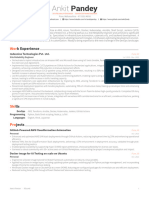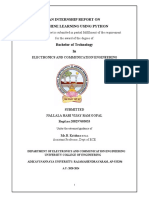0% found this document useful (0 votes)
56 views6 pagesIntroduction To NLP - First - Week - Lecture - 1st
Natural Language Processing (NLP) is a subfield of AI that focuses on enabling computers to understand, interpret, and generate human language. It encompasses key concepts such as human language complexity, goals of understanding, generation, and interaction, as well as various applications including machine translation, speech recognition, and sentiment analysis. NLP faces challenges like ambiguity, context understanding, and the need for high-quality data, while employing tasks in syntax, semantics, and pragmatics to achieve its objectives.
Uploaded by
Irfan Ul HaqCopyright
© © All Rights Reserved
We take content rights seriously. If you suspect this is your content, claim it here.
Available Formats
Download as DOCX, PDF, TXT or read online on Scribd
0% found this document useful (0 votes)
56 views6 pagesIntroduction To NLP - First - Week - Lecture - 1st
Natural Language Processing (NLP) is a subfield of AI that focuses on enabling computers to understand, interpret, and generate human language. It encompasses key concepts such as human language complexity, goals of understanding, generation, and interaction, as well as various applications including machine translation, speech recognition, and sentiment analysis. NLP faces challenges like ambiguity, context understanding, and the need for high-quality data, while employing tasks in syntax, semantics, and pragmatics to achieve its objectives.
Uploaded by
Irfan Ul HaqCopyright
© © All Rights Reserved
We take content rights seriously. If you suspect this is your content, claim it here.
Available Formats
Download as DOCX, PDF, TXT or read online on Scribd
/ 6
























































































































